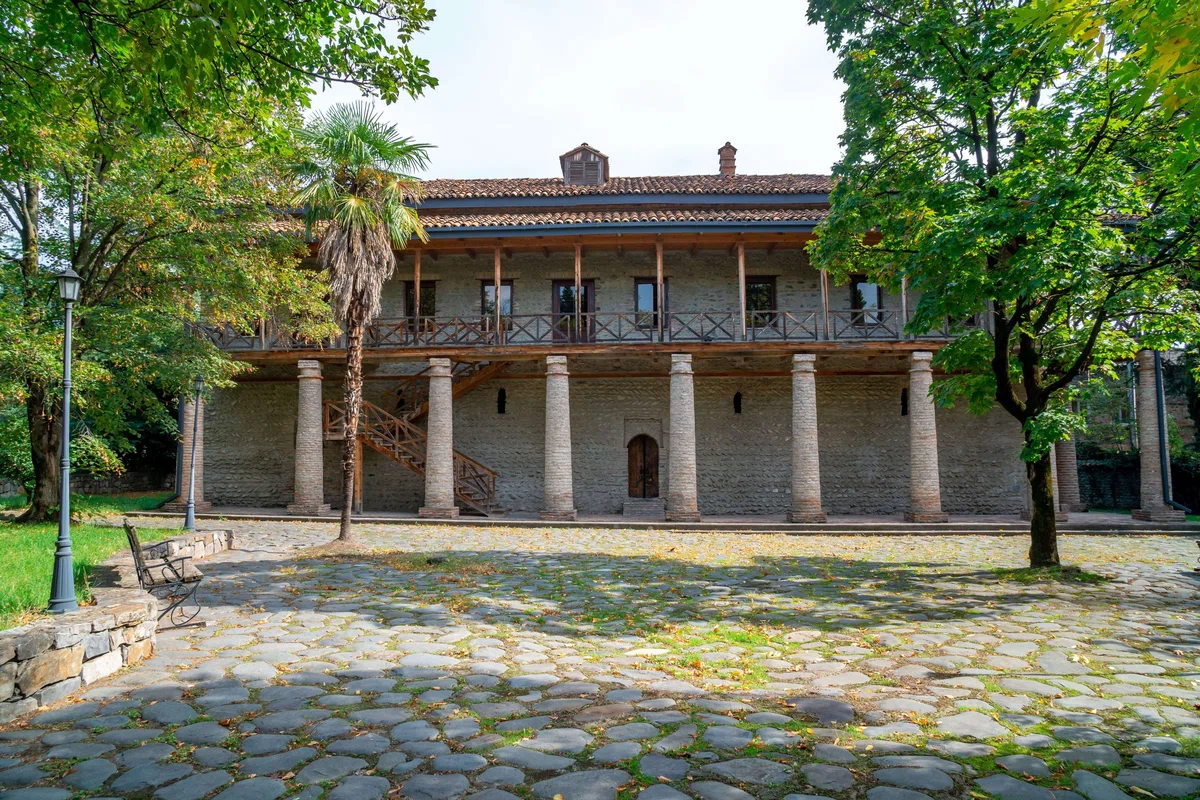
Beautiful museums and Georgia. Visit the Marjanishvili House Museum.
The Marjanishvili House-Museum is a memorial to the famous director. This house presents memorial items that belonged to Marjanishvili, audio recordings and videos from his films, correspondence and personal photographs, antique furniture, paintings and everything that conveys how Marjanishvili lived.
Address: Kvareli, Kote Marjanishvili Street
The museum was opened in 1959 in the memorial house of the Georgian director Kote Marjanishvili (1872-1933). In addition to memorabilia belonging to the director, the museum contains audio and video recordings of his film "Amok" and performances, correspondence and photographs of outstanding figures of Georgian theater and cinema, plays, paintings (L. Gudiashvili, E. Akhvlediani, P. Otskheli, etc.), graphics and sculptures, examples of decorative and applied art, manuscripts, letters, antique furniture of the early twentieth century, dishes, etc.
Kote Marjanishvili's father, Alexander Marjanishvili, was a military man. He translated Alexandre Dumas's "The Two Dianas" from French; mother, Elizaveta Solomonovna Chavchavadze, was the addressee of Akaki Tsereteli's messages, and Ilya Chavchavadze dedicated the poem "Remember, my dear..." to her. Kote Marjanishvili had two sisters - Tamara and Nino. The elder sister Tamara was the rector (abbess) of the women's Monastery in Bodbe. The museum especially features materials about her life and work.
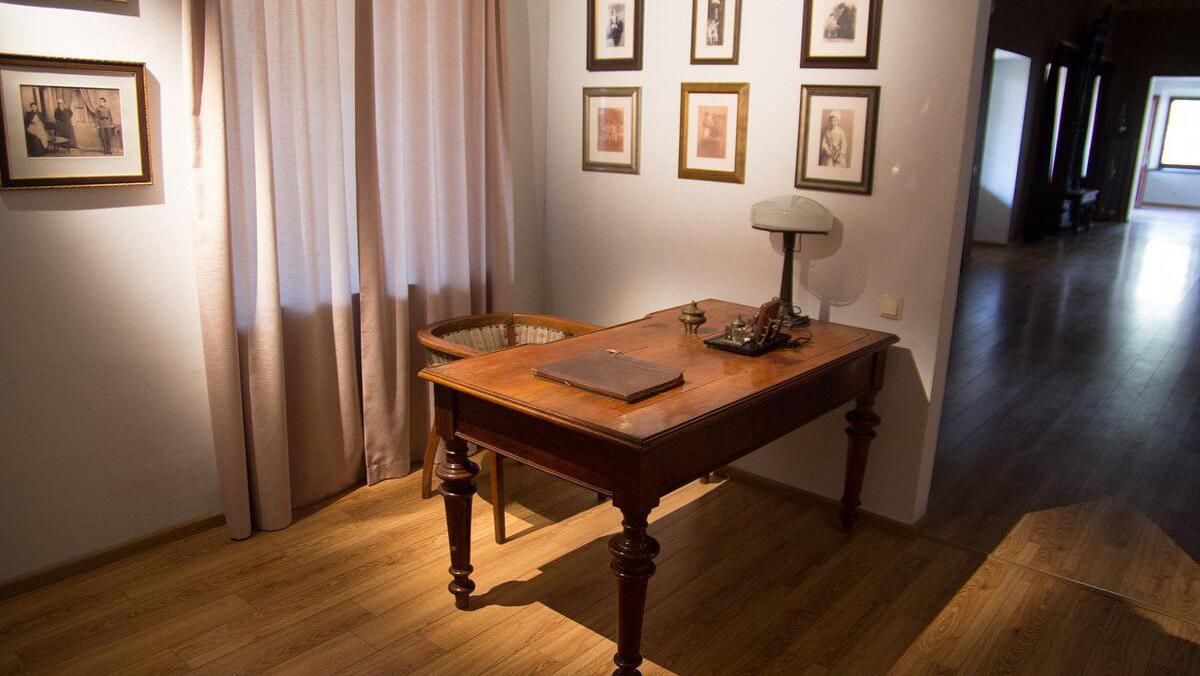
Kote was educated at the First Tbilisi Gymnasium. Marjanishvili first performed at the Kutaisi Drama Troupe, which was led by Kote Meskhi. That same year, he made his debut on the Tbilisi stage, playing the role of Erekle II in Akaki Tsereteli's dramatic poem "Little Kakhi". In 1910-1913, he worked at the Moscow Art Theatre, where he staged K. Hamsun's "Life in the Paws", H. Ibsen's "Peer Gynt"; he participated in the production of "The Brothers Karamazov" based on F. Dostoevsky and in H. Craig's production of "Gamleia".
In 1913, Kote Marjanishvili founded the Free Theatre in Moscow. In 1919, in Kyiv, at the Solovetsky Theatre, he staged the drama Lope de Vega "The Sheep Spring". This production went down in the history of Soviet theatre as the first Soviet performance. In 1920, Marjanishvili returned to Georgia and laid the foundations of modern Georgian theatre.
In 1924-1928, Marjanishvili worked in parallel in Georgian cinema. He made the films "Before the Storm", "Amok", "The Gadfly". In 1928, in Kutaisi, he founded a drama theatre called the "Second State Theatre". After two seasons (1928-1930), the theatre moved toTbilisi. Marjanishvili directed this theatre until his death (after his death, in 1933, the theatre was named after Kote Marjanishvili).
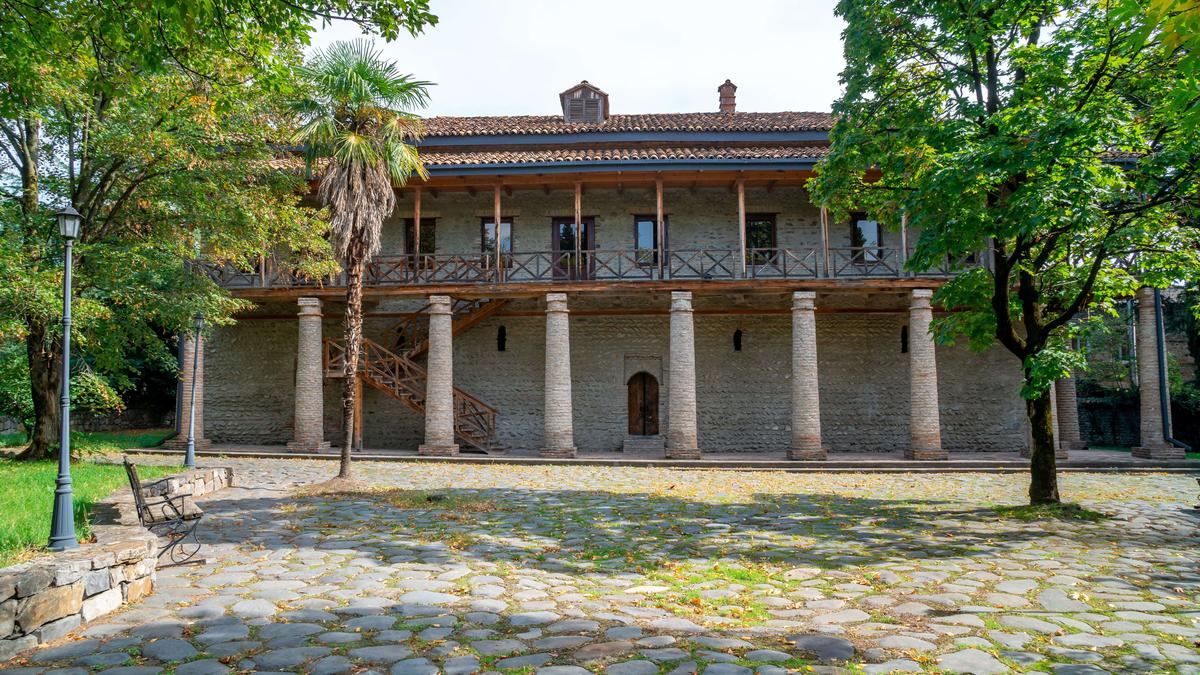
House-Museum of Marjanishvili – The museum, dedicated to the famous Georgian film director Kote Marjanishvili (1872-1933), was opened in 1959 and has since become an important cultural site in the country. Situated in the city of Kvareli on a street named after the director, the museum houses many memorabilia reflecting the life and work of Marjanishvili, from audio and video recordings of his film "Amok" and performances to correspondence with other famous figures of Georgian theatre and cinema, plays, paintings, graphics and sculptures, as well as antique furniture from the early 20th century and other examples of decorative and applied art. Kote Marjanishvili's father, Alexander, was a military man, and his mother, Elizaveta Solomonovna Chavchavadze, was the addressee of Akaki Tsereteli's letters. Kote had two sisters, Tamara and Nino. However, the museum also contains materials on certain periods of the life and work of Tamara, Kote's elder sister, who was the abbess of the Bodbe convent from 1890. Kote was educated at the first Tbilisi gymnasium. His career began in the theater, where he performed in the Kutaisi drama troupe, led by Kote Meskhi, and debuted on the Tbilisi stage, playing the role of Erekle II in Akaki Tsereteli's dramatic poem "Little Kakhi". In 1910-1913, Marjanishvili worked at the Moscow Art Theater, where he staged K. Hamsun's play "Life in the Paws", H. Ibsen's "Peer Gynt" and participated in the production of "The Brothers Karamazov" based on F. Dostoevsky, as well as in the production of "Hamlet" based on W. Shakespeare. After working at the Moscow Art Theatre, Marjanishvili returned to Tbilisi, where he became one of the founders of the Tbilisi Drama Theatre in 1915.
In 1921, Marjanishvili was invited to Moscow to work at the V.F. Komissarzhevskaya Theatre. Here he staged a number of famous plays, such as Pushkin's "The Prisoner of the Caucasus", "The Diary of Anne Frank" and "The Flight" by I. Brecht. In 1936, Marjanishvili returned to Tbilisi and headed the Shota Rustaveli Tbilisi Academic Theatre, which has since become known as the Marjanishvili Theatre.
Under Marjanishvili's direction, the theatre achieved great success and became one of the best in the Soviet Union. He became known for his innovative productions, which used various theatre techniques and methods, such as physical theatre and montage. In 1941, Marjanishvili was awarded the Stalin Prize for staging the play "Macbeth" by W. Shakespeare, which became one of the most famous and successful performances of the theater. In 1943, he was elected as a deputy of the Supreme Soviet of the USSR.
Marjanishvili continued to work at the Tbilisi Theater until the end of his life. He died in 1952 in Tbilisi, but his legacy continues to live on and influence world theater art. A street in Tbilisi was named in his honor, as well as a theater festival.
Also, an award was created in honor of Konstantin Marjanishvili, which since 1991 has been awarded annually for the best achievements in the field of theater art. This award has become one of the most prestigious in Georgia and is considered an important event in the life of the theater community. In addition, the Konstantin Marjanishvili Theatre Art Museum was opened in Tbilisi, which presents a rich collection of documents, photographs, costumes, props and other materials related to the work of this outstanding theatre figure.
In the public consciousness, Konstantin Marjanishvili remained not only a talented director and actor, but also a symbol of Georgian theatre art in general. His contribution to the development of theatre art remains invaluable and continues to inspire new generations of theatre figures in Georgia and beyond.
Indeed, Konstantin Marjanishvili's contribution to the development of theatre art was enormous and remains significant to this day. He was not only a talented director, but also an actor, teacher and theatre theorist.
Marjanishvili created his own theatre style, which combined classical traditions and modern technologies. He was known for his meticulous research of texts, deep understanding of the psychology of characters and vivid emotional expression on stage.
Many of his productions, such as Griboyedov's "Liberation", Chekhov's "The Seagull", Shakespeare's "Romeo and Juliet", Moliere's "Tartuffe" and others, have become classics of theatrical art and continue to captivate audiences around the world.
Konstantin Marjanishvili also left a huge mark on the education of theater personnel. He was a professor at the Shota Rustaveli Tbilisi Theater Academy and trained many talented directors and actors who became famous in Georgia and beyond.
Today, Georgia annually hosts a theater festival named after Konstantin Marjanishvili, and a street in Tbilisi named after him has become one of the symbols of the city.
--------------------------
Dear readers! We hope that this article has aroused your interest and has become useful. We will be glad if you leave your comments and questions under the article. We will try to answer all your questions and take your wishes into account when writing future materials.







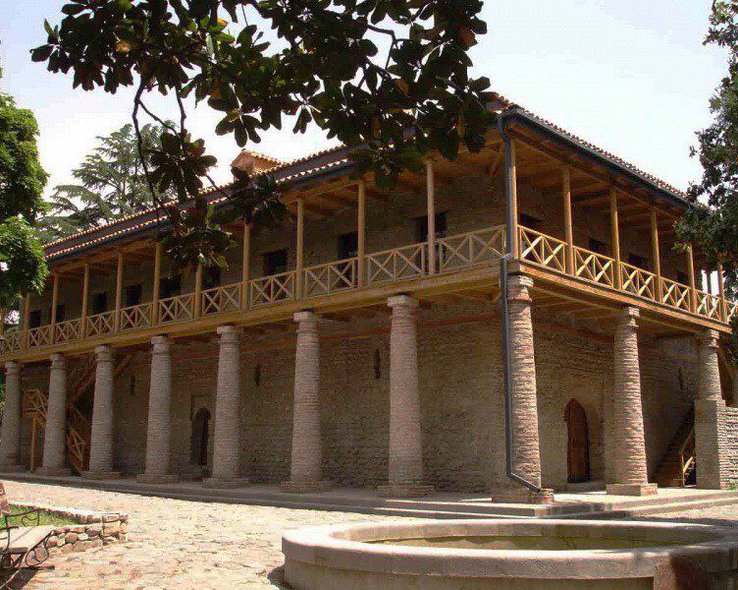
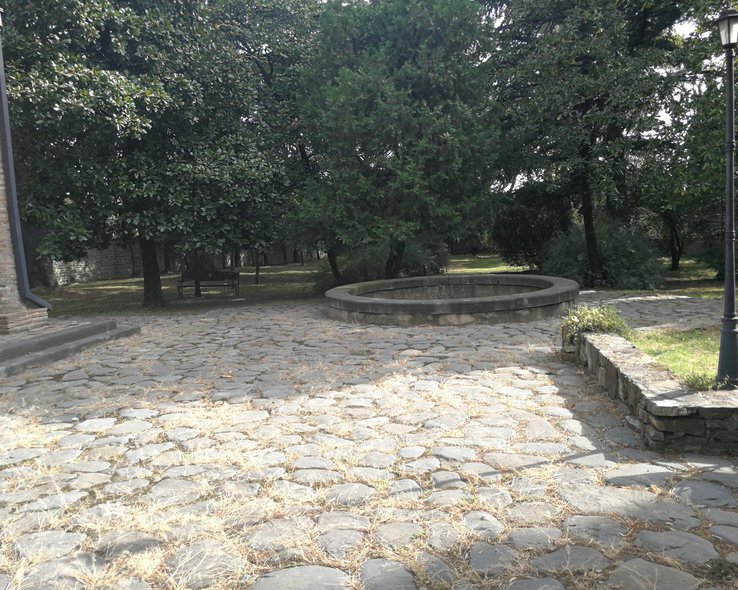
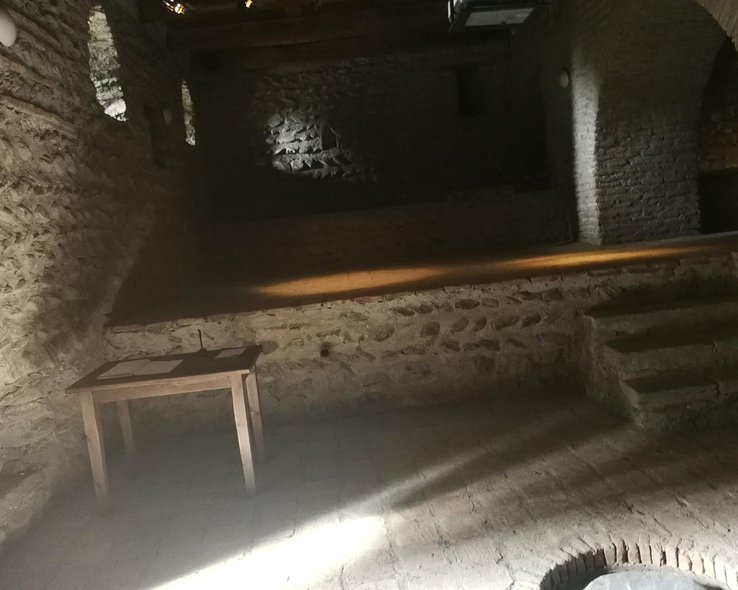
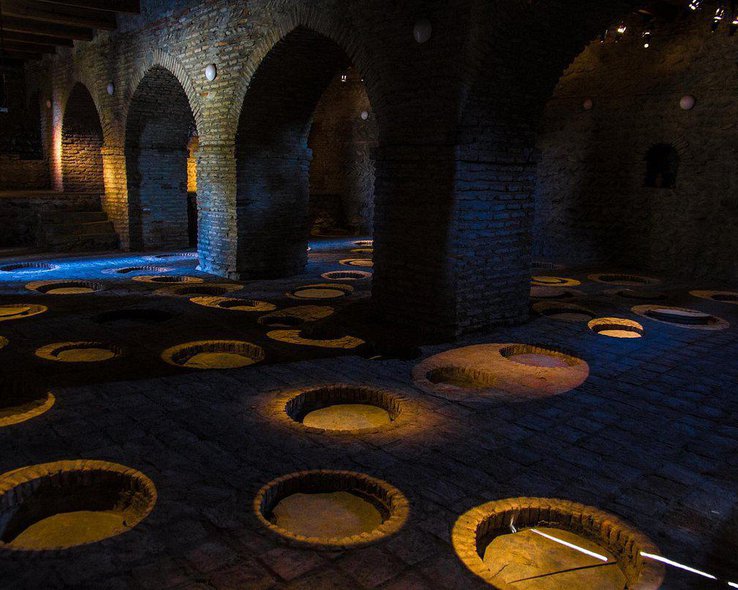
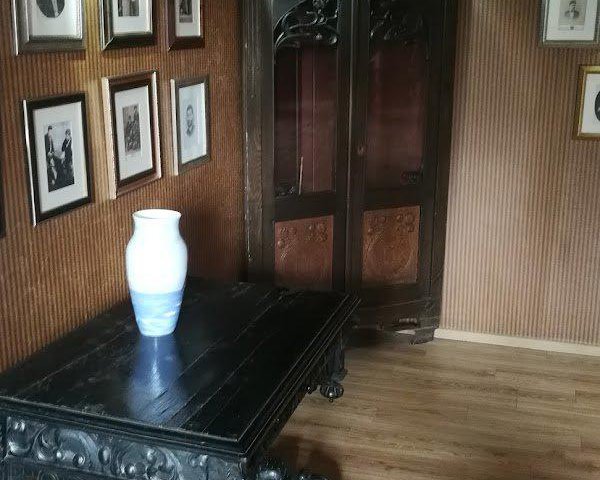

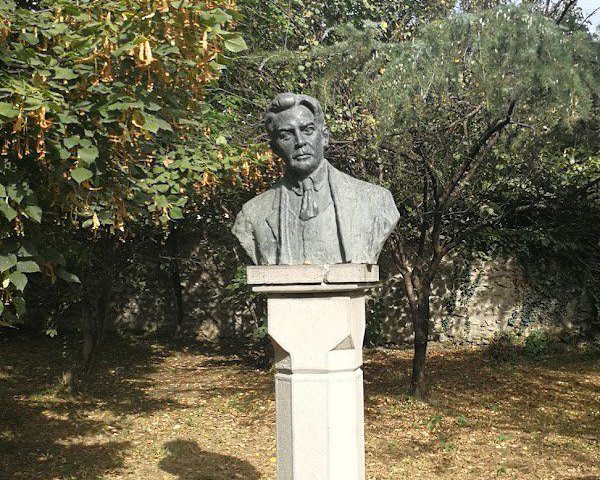


33 comments
Log in to leave a comment
тов великого мастера.Интересно посмотреть чем жил режиссёр.У меня всегда большой интерес к жизни творческих людей, ведь их быт зна-
чительно отличается от быта обычного человека.Я бы с большим удовольствием посетила этот музей.Люблю музейную атмосферу .Особен-
но если музей организован в том доме,где проживал человек в чью честь был открыт музей.Еще больше узнать о жизни и творчестве знаме-
нитого режиссёра.Я бы сходила туда.
это – это в честь его памяти. В данном доме представлены мемориальные предметы, которые принадлежали Марджанишвили, аудиозаписи и видео с его фильмами, переписки и личные фотографии, антикварная мебель, живописные произведения и другое. Мне нравятся подобные музеи, сразу вырисовывается картинка о человеке, и его быте.